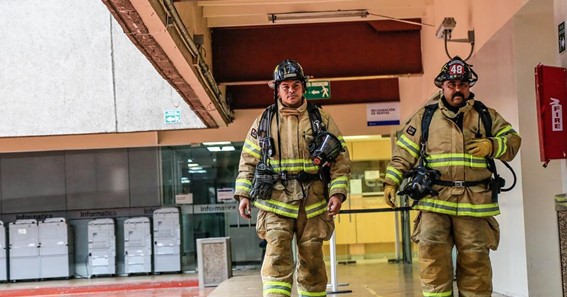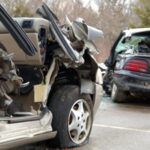Whether you are renting or buying a home, it is important that you know how to keep it safe from fires. A fire risk assessment can help you identify weak points in your home- from clogged chimneys to faulty electrical wiring- that could be the cause of a fire. Here are some tips on how to make sure your home is safe:
- Chimneys
A chimney is an essential component of any fireplace. It allows for the smoke and heat to safely exit the structure. It transfers heat from the firebox, up the flue and finally out of your home. The most important component of a chimney is the ability to be cleaned out. Chimneys become clogged if they are not regularly removed because of the tar and creosote build-up in the flue. This can be a dangerous fire hazard because it can prevent smoke from exiting the structure.
One way to prevent this buildup of debris is to use a chimney cap. A chimney cap will help keep debris out of your chimney. Chimney caps are crucial to keeping your chimney clean and safe. They help to ensure that no birds, rodents or leaves can enter your system.
Another way to reduce the risk of a fire is to have an annual chimney inspection by a professional. They will examine your chimney for any flaws, cracks or loose bricks. If these problems are identified early enough they can be easily repaired and could save you thousands of dollars in damages later on.
- Open flames
If you burn candles, or other open flames in your home, make sure they’re in places where they’re not exposed to anything flammable. You should make sure that everyone in the household knows how to turn off the lamps, lights, or candles without leaving them still burning when they leave the room or house.
- Electrical wires and outlets
It’s always a good idea to have your electrical system inspected by a licensed electrician. Your home’s main circuit breaker or fuse box should be marked in an obvious location, such as a hallway. Make sure that the power supply is updated and in good condition. Never overload a circuit – if your home’s electrical system is getting old and approaching its capacity you should speak with a licensed electrician about upgrading. And never use electrical tape to fix frayed or damaged wires – just replace them.
- Fire extinguishers
Make sure you have one fire extinguisher for every 100 square feet of your home. Keep them marked so that everyone in the household knows where they are located and how to use them properly.
Bonus tip: Check Your Fire Extinguisher Rating: There is no one type of fire extinguisher that can put out all fires. Fire extinguishers are rated by a letter indicating what type of fire they can put out. A class A rating means it can put out wood fires and other carbon-based fires; a class B rating means it can put out flammable liquid fires like gasoline; a class C rating means it can put out electrical fires, and a class D rating means it can put out combustible metal fires like magnesium. You should also have a class K rating extinguisher on hand for cooking oil fires as well as grease fires.
- Make sure you have working smoke detectors
This is one of the single most important things you can do to prevent fire. If you have a fireplace make sure you have an electric fireplace log. They are relatively inexpensive, especially when compared to restoring a house that has been damaged by fire. Keep your fireplace free of debris, especially if you use it often. Be careful if you store fuel indoors – according to the NFPA, one gallon of gasoline produces more toxic gases than 50 cubic feet of natural gas. It is recommended by the NFPA that the area where you store fuel stay less than 25 feet from windows and doors.
- Inspect the clothes dryer.
Dryers can cause fires too. Check your dryer if you have one. If it looks old, consider replacing it with a newer model. And remember, clean the lint trap before or after every load. This can prevent a fire in the dryer, as well as keep your clothing and the machine in better condition.






